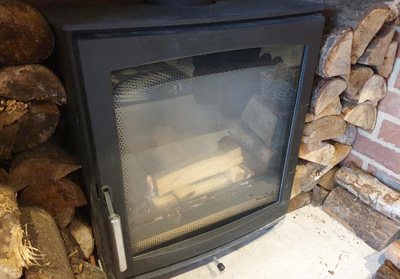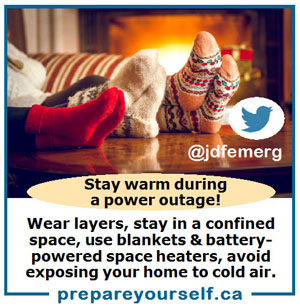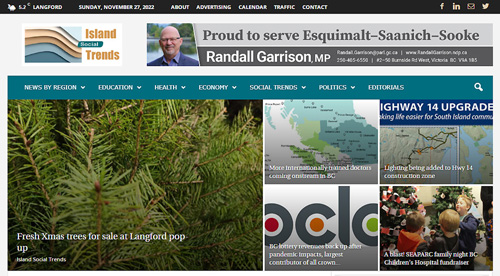
Tuesday November 29, 2022 | VANCOUVER ISLAND, BC
by Mary P Brooke | Island Social Trends
As winter digs in, temperatures are dropping and some residents on Vancouver Island are stoking up their wood stoves and other devices to fend off chillier weather.
But the resulting wood smoke can also pose serious health concerns.
Wood smoke:
Wood smoke is created by burning wood in stoves, fireplaces, home appliances and heaters, BBQs, campfires and backyard burning. This smoke contains fine particulate matter, gases and pollutants that can travel deep into the lungs.

“Wood smoke can irritate eyes and throats, increase the risk of inflammation and infections, and lead to lung and heart disease,” says Dr. Shannon Waters, Medical Health Officer for the Cowichan Valley region, Island Health.
“But steps can be taken to lessen the impacts, especially for people most at risk – those with pre-existing health conditions such as asthma, chronic obstructive pulmonary disease (COPD) and respiratory infections, older adults, pregnant people, and infants and young children.”
Monitor local air quality:
If someone in your household is susceptible to poor air quality, it’s important to monitor local air quality and watch for symptoms of exposure such as shortness of breath, wheezing, tightness in the chest and irritated eyes. If symptoms arise, reduce exposure to smoke (see BCCDC guidance) and seek medical help if necessary.
It’s also a good idea to plan activities accordingly to reduce smoke exposure. Some Island Health regions can be particularly vulnerable to wood smoke due to their geographies – including Cowichan Valley, Alberni Valley and Comox Valley.
Wood stoves:
Users of wood stoves should ensure that the devices meet certification requirements and are appropriately sized to minimize emissions.
It’s also important to consider cleaner heating options such as heat pumps, pellet stoves or cleaner burning wood stoves. For more information, visit the Community Wood Smoke Reduction Program.
Compost backyard waste:
Backyard organic waste should be composted or chipped, not burned. Many communities offer free branch drop-off at municipal landfills or may offer curbside collection at certain times of the year. Most communities no longer permit backyard burning, and some have adopted bylaws or policies to reduce or eliminate smoke in their region. If you do burn, check out the ventilation index.
Check with your municipality to find out about recycling and yard waste services and to ensure that you comply with local community regulations.
Burning driftwood produces carcinogens:
Beach fires, which often include driftwood, are also common in the Island Health region. However, burning driftwood can produce highly toxic carcinogens such as dioxins and furans.
Campfires and beach fires may be restricted by local bylaws, and are controlled for wildfire prevention under the Wildfire Act and Wildfire Regulation. For more, please visit Burning Outdoors.
It’s also advisable not to burn driftwood in wood stoves, as doing so corrodes the stove and venting pipe system. For more on wood burning smoke, including health information, tips and resources, please visit our Wood Burning Smoke page.
===== ABOUT ISLAND SOCIAL TRENDS:
Island Social Trends is a professional news portal at islandsocialtrends.ca . Fully online since mid-2020, Island Social Trends emerged from the extensive regional groundwork of previous print publications in the west shore: MapleLine Magazine (2008-2010), Sooke Voice News (2011-2013), and West Shore Voice News (2014-2020).
Since 2008, journalist and editor Mary P Brooke, B.Sc. Cert PR, has taken a socioeconomic lens to the news of the west shore and south Vancouver Island region, including BC provincial news, and national news impacts.
ARCHIVES by Island Social Trends: HEALTH | POLITICS | EDUCATION
SUBSCRIBE to Island Social Trends: FREE ENEWS | PREMIUM







